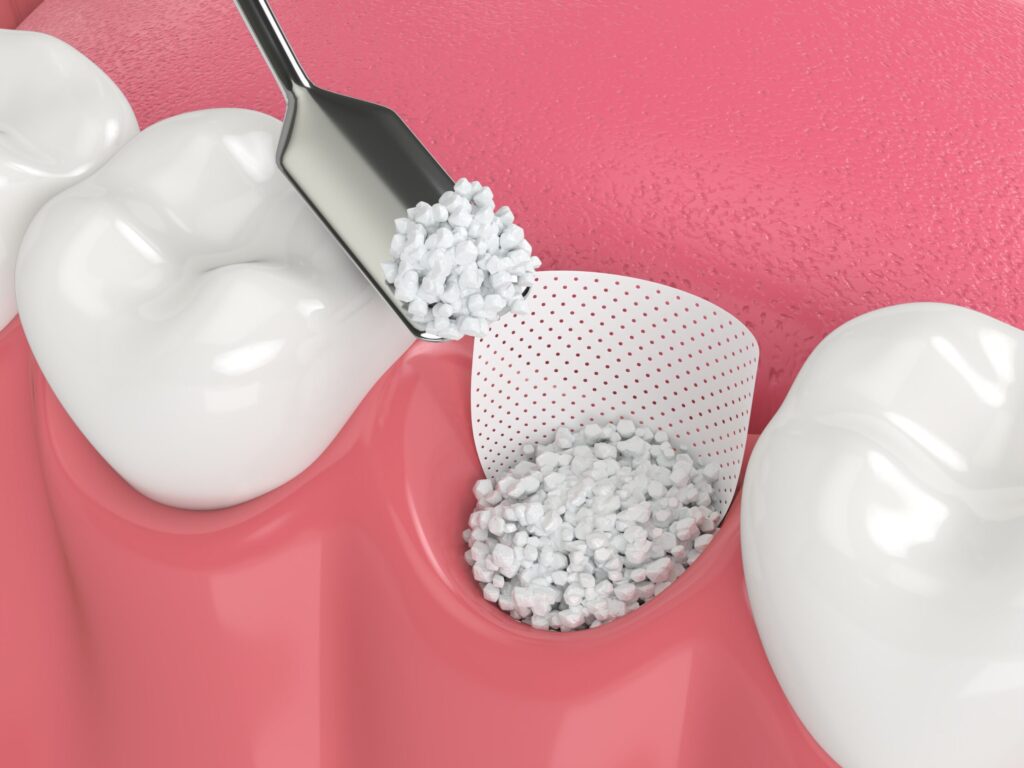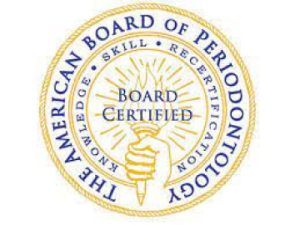Introduction
Bone grafting plays a crucial role in medical procedures involving bone loss. By utilizing different types of graft materials, surgeons can promote new bone growth to support various treatments. Understanding the process and benefits of bone grafting is essential for patients undergoing this surgical procedure. From dental implants to reconstructive surgery, bone grafts offer versatile solutions for improving bone structure and aiding in healing. Explore the significance and intricacies of bone grafting in this comprehensive guide.
Understanding Bone Grafting
Bone grafting is a common surgical procedure essential for restoring bone loss and promoting new bone growth. By utilizing various bone graft materials, healthcare providers encourage the body to naturally form new bone tissue. This technique is pivotal in treating bone defects, such as those resulting from trauma or tooth loss. Understanding the process of bone integration and the factors influencing success is crucial for patients considering this procedure.
The Basics of Bone Grafting
Bone grafting involves the transplantation of bone graft material to areas with bone loss to stimulate new bone growth. This surgical procedure aims to facilitate bone healing by utilizing the patient’s own body to accelerate the formation of new bone tissue. By introducing growth factors or natural bone sources, bone grafts promote the integration of transplanted bone with the existing bone structure, supporting overall bone health and functionality. The process plays a vital role in various medical treatments and procedures.
The Importance of Bone Grafts in Medical Treatments
Bone grafts play a vital role in various medical treatments, facilitating bone growth and tissue regeneration. They help address bone loss, congenital defects, or injuries, enhancing the body’s ability to heal and restore function. Utilizing graft materials like synthetic options, donor bone grafts, or bioactive glass, healthcare providers can promote faster healing and ensure the full integration of new bone. This procedure is considered a gold standard in bone repair, ensuring patients regain a healthy bone structure for improved quality of life.
Types of Bone Grafts
Autografts involve using the patient’s own bone to aid in bone regeneration, ensuring compatibility and reducing risks of rejection. Allografts, on the other hand, utilize donor bone grafts, sourced from bone banks or other individuals. Xenografts are derived from animal sources and are processed to make them safe for human use. Synthetic bone grafts, made from bioactive glass or calcium phosphates, offer an alternative for patients averse to using biological materials.
Autografts: Using Your Own Bone
Autografts involve using your body’s bone to aid in bone grafting procedures. This method minimizes the risk of rejection since it utilizes the patient’s tissue. The bone is typically sourced from areas like the hip, ribs, or wrist. By using your bone, the newly transplanted material integrates well due to the body recognizing it as its own. This approach offers excellent compatibility and promotes successful bone growth with minimal complications. Autografts are considered the gold standard in bone grafting due to their reliability and effectiveness.
Allografts: Donor Bone Grafts
Allografts, a form of bone grafting, involve transplanting donor bone tissue into a recipient’s body. These grafts are sourced from human bone banks or living donors. Allografts eliminate the need for a second surgical site, as the bone material comes from an external source. They are advantageous in treating bone loss, aiding in bone healing, and promoting new bone growth. The donated bone undergoes processing to remove cells while retaining its structural properties, making it a valuable option in various medical treatments.
Xenografts: Animal Bone Grafts
Xenografts, or animal bone grafts, utilize bone graft material sourced from animals to aid in bone regeneration. This type of bone grafting involves the transplantation of bone tissue from a different species to facilitate new bone growth in humans. Xenografts are often used when a patient’s own bone graft material is not available or suitable for the procedure. By harnessing the natural properties of animal bone, xenografts can effectively promote bone healing and integration within the patient’s body.
Synthetic Bone Grafts: Man-made Solutions
Synthetic bone grafts, known as man-made solutions, offer alternatives derived from materials like bioactive glass or calcium phosphate. These grafts provide versatility and eliminate the need for additional surgery to harvest bone from the patient’s body. By mimicking the properties of natural bone, synthetic grafts promote bone growth and healing. They are especially beneficial in cases where natural bone sources are limited or unsuitable, offering a reliable option in bone grafting procedures.
How Bone Grafting Works
Bone grafting involves the surgical procedure of transplanting bone tissue or graft material to help with bone healing. The process encourages new bone growth by providing a framework for the patient’s own body to regenerate bone. Growth factors and natural bone help in the formation of new bone, creating a fully integrated region. It is a common procedure used in various fields like dental implants, orthopedics, and reconstructive surgery to restore missing bone and improve overall bone structure.
The Process of Bone Integration
During bone integration, bone graft material is placed into the recipient site, stimulating the growth of new bone. Through surgical procedures, the implanted graft material encourages the surrounding bone to grow and merge, forming a strong bond. Specialized cells in the patient’s own body help facilitate this process, along with growth factors present in the bone graft material. Over time, the graft material is replaced by the patient’s natural bone, resulting in a fully integrated region of new bone.
Factors Influencing Bone Graft Success
Factors influencing bone graft success include the quality of the graft material, bone growth factors present, and the patient’s overall health. The surgical procedure technique used, such as proper placement of the bone graft material, also plays a crucial role. Additionally, factors like blood supply to the graft site, the patient’s bone healing capacity, and the absence of infection are key determinants of successful bone integration. Addressing these variables diligently can significantly impact the outcome of a bone graft procedure.
Applications of Bone Grafting
Bone grafting finds key applications in various medical fields. From dental implants to orthopedic surgeries and reconstructive procedures, bone grafts play a crucial role in restoring bone structures. Dental bone grafts aid in maintaining oral health post-tooth loss, while orthopedic uses promote bone healing and spinal fusion. Additionally, bone grafting proves vital in addressing congenital bone defects and supporting tissue regeneration, making it a versatile and essential procedure in healthcare settings.
Dental Implants and Bone Grafts
Dental implants often require bone grafting to provide a suitable foundation for the implant. The success of dental implants is highly dependent on having sufficient bone mass and density in the jaw. Bone grafting helps in cases where bone loss has occurred due to factors like tooth extraction or gum disease. By using bone graft material, oral surgeons can ensure proper integration of the implant with the surrounding bone, leading to a stable and long-lasting dental restoration.
Orthopedic Uses of Bone Grafts
Orthopedic surgeons commonly use bone grafts in procedures such as spinal fusion, which involves joining two or more vertebrae to stabilize the spine. In this procedure, bone grafts are placed between the vertebrae to promote new bone growth and fusion. Bone grafts are also used to correct congenital bone defects, such as those seen in children born with underdeveloped or misshapen bones. In these cases, bone grafts can help restore proper bone structure and function. Additionally, bone grafts may be used in hip replacement surgeries, where they help to provide stability and support for the new hip joint. The use of bone grafts in orthopedic procedures has revolutionized the field of bone repair and reconstruction, allowing for improved outcomes and faster healing times.
Reconstructive Surgery and Bone Grafting
In reconstructive surgery, bone grafting plays a crucial role in restoring form and function to areas affected by trauma, congenital abnormalities, or disease. Bone grafts can be used to replace missing or damaged bone, promote tissue regeneration, and provide a scaffold for new bone growth. In cases of congenital bone defects, bone grafts can help reshape and rebuild the affected area, allowing for improved function and aesthetics. Reconstructive surgery often involves a combination of surgical procedures, including bone grafting, to achieve the desired outcome. The success of reconstructive surgery depends on factors such as the patient’s overall health, the quality of the graft material, and the surgeon’s skill and experience. With advancements in surgical techniques and grafting materials, reconstructive surgery has become an effective option for restoring form and function in patients with bone defects.
Preparing for a Bone Graft
Preparing for a bone graft involves several steps to ensure the best possible outcome. Before the procedure, the patient will typically undergo a thorough evaluation by their healthcare provider to assess their overall health and determine if they are a suitable candidate for the surgery. This evaluation may include a physical examination, medical history review, and dental X-rays. Patients may also be required to undergo certain tests, such as blood work or a dental cleaning, to ensure their oral health is optimal before the procedure. It is important for patients to follow all pre-operative instructions provided by their healthcare provider to ensure a smooth and successful bone graft procedure.
What to Expect Before the Procedure
Before a bone graft procedure, patients can expect to meet with their healthcare provider to discuss the details of the surgery and address any concerns or questions. This is an opportunity for the patient to learn about the procedure, including the type of graft material that will be used and the expected outcomes. In some cases, patients may be required to undergo a pre-operative dental cleaning or other treatments to ensure their oral health is optimal before the procedure. Depending on the complexity of the surgery and the patient’s health status, general anesthesia or local anesthesia may be used. The healthcare provider will provide specific instructions regarding fasting and medication use prior to the procedure. Patients should follow these instructions carefully to ensure a safe and successful bone graft procedure.
Post-operative Care and Recovery
After a bone graft procedure, post-operative care and proper recovery are essential for successful healing and optimal outcomes. Patients can expect to experience some discomfort, swelling, and bruising in the days following the surgery. Pain medication may be prescribed to manage any discomfort. It is important to follow all post-operative care instructions provided by the oral surgeon, including keeping the surgical site clean, avoiding strenuous activities, and eating a soft diet. Patients should also attend all follow-up appointments to monitor the healing process and address any concerns or complications. With proper post-operative care and adherence to the oral surgeon’s instructions, patients can expect a faster healing process and a successful bone graft outcome.
Conclusion
In summary, bone grafting plays a crucial role in various medical treatments, from dental implants to reconstructive surgeries. Understanding the types of bone grafts and their applications is essential for successful integration and recovery. While risks and complications exist, proper preparation and post-operative care can minimize these challenges. For those considering a bone graft, knowing what to expect before and after the procedure is key. By staying informed and following medical advice, individuals can benefit greatly from the advancements in bone grafting techniques. Contact us today at Palm Beach Periodontics today for more!












